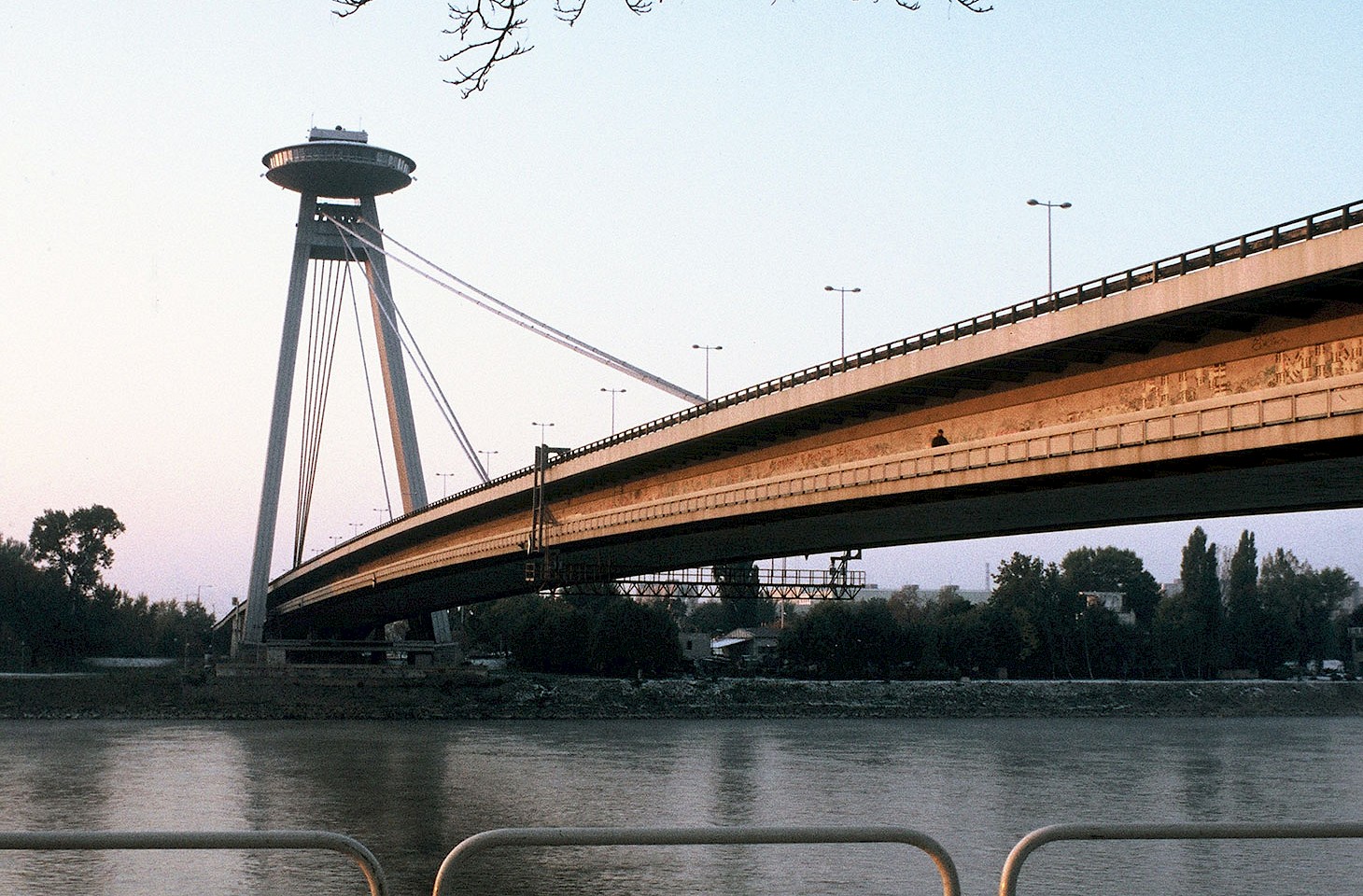The Finistère region in north-west France is rightly known for its cathedrals and its remarkable enclos paroissiaux — the enclosures, with typical sculptural elements, that surround some of the larger parish churches (see hidden europe 33 for an article on the parish closes of Brittany). But there is a less celebrated aspect of Breton ecclesiastical architecture, namely the astounding richness of the area’s small chapels.
It would be a considerable undertaking for a traveller to see every one of Finistère’s chapels, so map in hand it’s a question of taking the plunge and choosing one close by. Or perhaps simply setting out and discovering one by chance. And that’s not difficult for there are over a thousand chapels in this most westerly département of France, with one chapel for every five square kilometres. Built to serve a small isolated community by the sea or in the surrounding countryside where transport was difficult, each chapel was affiliated to a large parish — although with the parochial church perhaps quite some distance away, the faithful were inclined to favour their local chapel.
One of the first we discovered was a Gothic chapel dedicated to Mary Magdalene. It is hidden behind some thatched cottages at the end of a narrow road outside the village of Penmarc’h. It was a clear, crisp spring day. There was no one around, and though the chapelle de la Madeleine was firmly locked, we discovered within its treebordered grounds a fountain, a granite cross and a phallic stone, all important elements of the Finistère chapel sites. Some of these date back to pre-Christian times.
If you are lucky, you might come across one of the hundreds of local volunteer guardians who watch over Finistère’s chapels purely out of love for their religious and local heritage.
Instead of destroying pagan and Druidic sites and symbols, the Christian monks, arriving from Ireland, Wales and southwest England between the fifth and seventh centuries, cleverly superimposed their Christian faith on preexisting beliefs. The monks astutely noted that the local population placed great trust in the healing powers of particular springs and faith in the power of fertility stones. So the monks constructed their first chapels at precisely those spots already marked out in the local imagination as sacred. In some cases they reinforced belief in the effectiveness of fertility stones by carving Christian symbols on those stones or attaching a cross. As the Celtic Christian Church grew, the monks set up small communities and gradually they themselves became associated with the healing powers attributed to nearby water or stone totems. This explains why Brittany has a particularly rich variety of saints guérisseurs (healing saints), whose powers might be invoked for every possible human disease and also for the health of animals such as cattle and horses. Of over four hundred listed saints recorded in Breton place names and archives, only a minority have ever been formally recognized by the Catholic authorities in Rome.


